Affiliate links on Android Authority may earn us a commission. Learn more.
LG V30 - what's new in Audio?
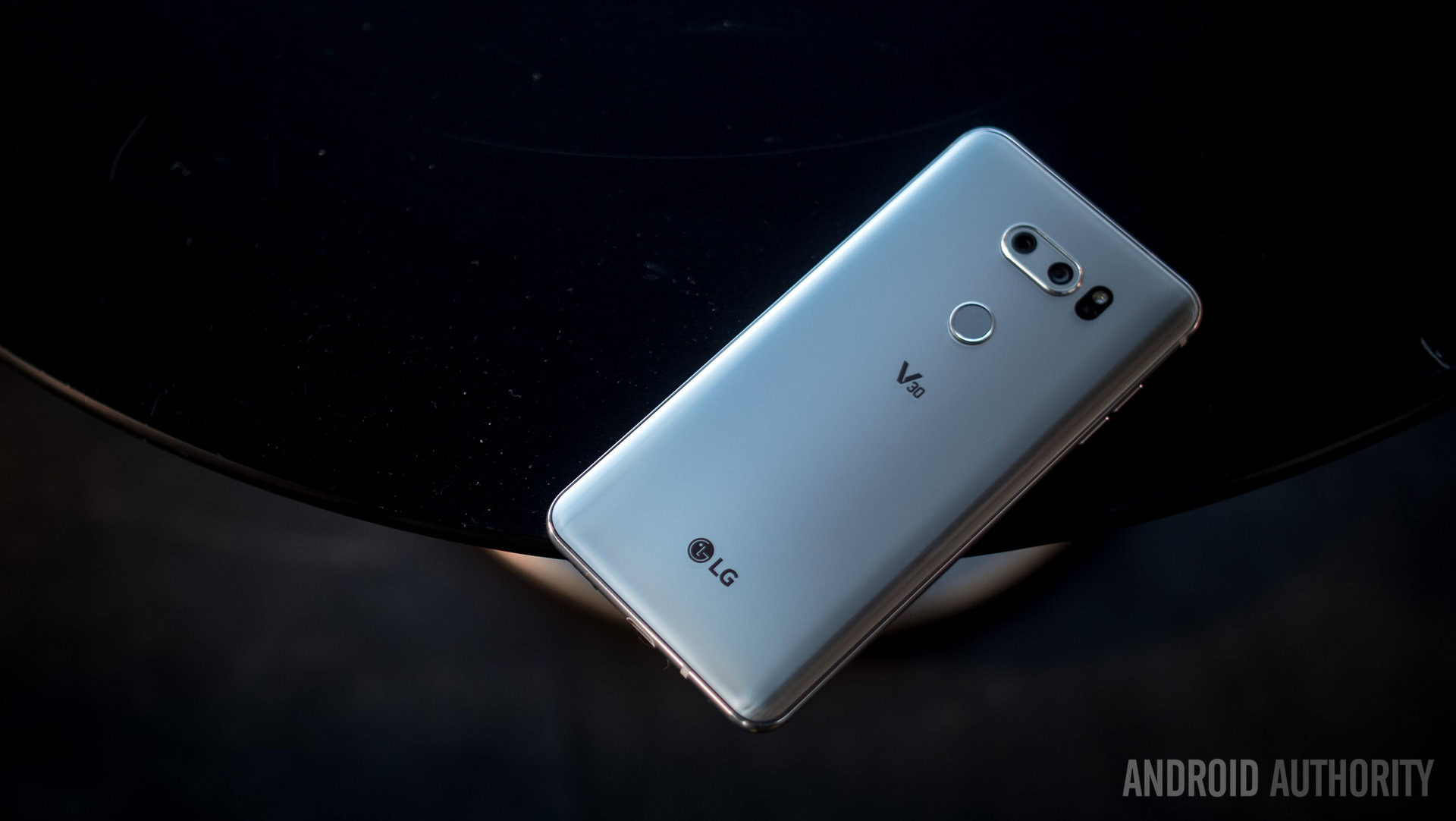
The LG V30 sports a number of impressive premium features, but the company has paid extra attention to the quality of the phone’s audio setup. Just like last year’s V20, there’s a mysterious Quad-DAC onboard promising a superior listening experience, along with high quality Bluetooth streaming, new voice recording capabilities, and a selection of new software options.
LG’s V series has built a solid reputation among the smartphone audiophile crowd, so here’s a closer look at what’s on offer for the audio enthusiast with this year’s V30 release.
High quality music playback
Starting with the most sought after requirement for music and audio enthusiasts, high fidelity playback. For those still listening over a wired connection, the LG V30 sports another 32-bit Quad DAC in place of the built in Snapdragon SoC solution – this time in all global markets. Ignoring that “32-bit Quad” marketing jargon for a minute, the DAC chip is ESS Technology’s ES9218P, a familiar chip in LG’s recent flagships.
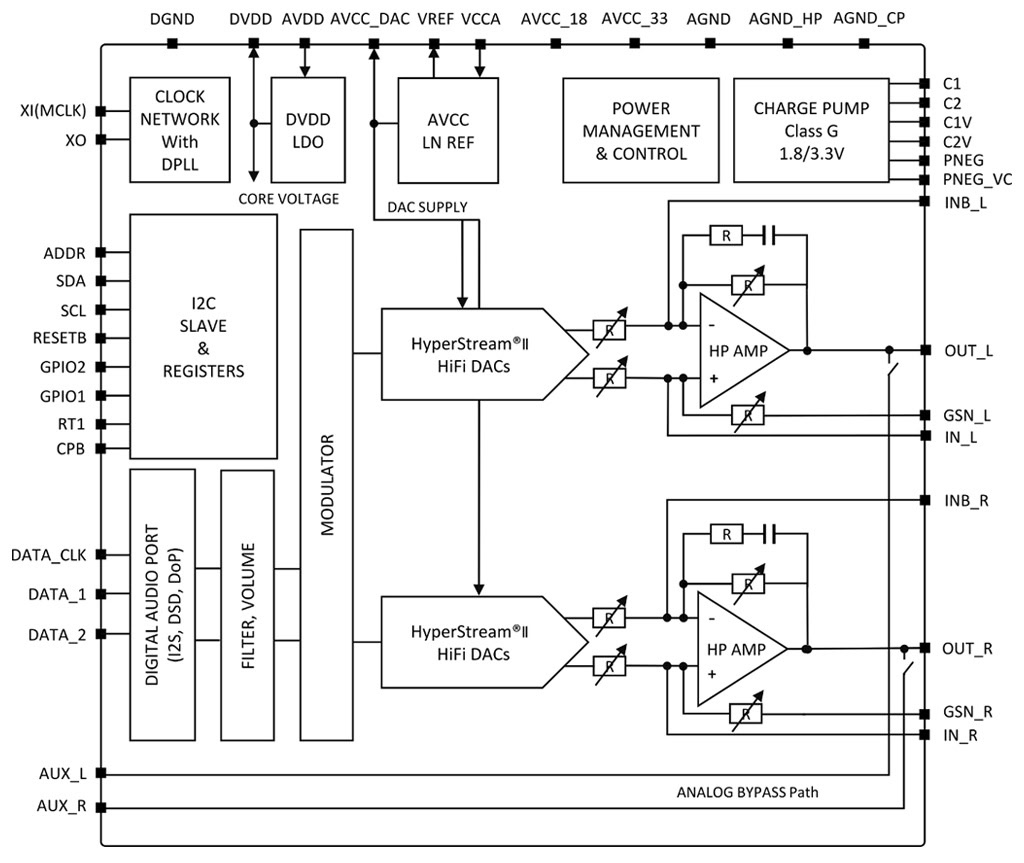
The chip features stereo quad parallel delta sigma converter channels with a 32-bit interpolation filter for a low noise conversion process, which ESS calls its HyperStream II architecture. For the spec insatiable audiophiles, the ES9218 boasts 2.0Vrms output, 130 dB SNR and -114 dB Total Harmonic Distortion, and support for up to 32-bit 384kHz PCM and DSD256 file formats. Of course, real world additional circuit performance, required drive from the amp, and input file type will affect these stats somewhat, but they’re impressive nonetheless.
While most of the specifications look the same between the V30’s ES9218P and the V20’s ES9218 chips, a dig through ESS’ press material reveals that the P version is missing DSD512 data support. Furthermore, this time LG has chosen to let the user select between the chip’s three output filters. We’ll talk more about those in a minute.
For those who have moved over to wireless listening, LG is retaining its position as a leader when it comes to implementing high-quality wireless technologies. The LG V30 supports Qualcomm’s latest aptX HD Bluetooth codec, which vastly improves over traditional Bluetooth audio quality. Other smartphones to support aptX HD are limited to the OnePlus 3, 3T and 5, the LG G5, G6, and V20, and just a small selection of others from smaller brands.
LG is retaining its position as a leader when it comes to implementing high-quality wireless technologies.
In a nutshell, aptX HD supports high resolution 24-bit 48 kHz audio file formats over Bluetooth, up from 16-bit 48 kHz with classic aptX. Qualcomm targets a 4:1 compression ratio with its codecs, so classic offers a set 352 kbps bitrate while HD ups this to 576 kbps – a quarter of the bitrate of an uncompressed 24-bit 48 kHz file. However, due to its use of adaptive differential pulse-code modulation to send compressed data, the end result is much better than a typical lossy codec.
The only downside is that you’ll need an aptX HD compliant set of headphones or speakers in order to make use of this high-quality codec. Currently these are in short supply, but more manufacturers are popping up with support this year.
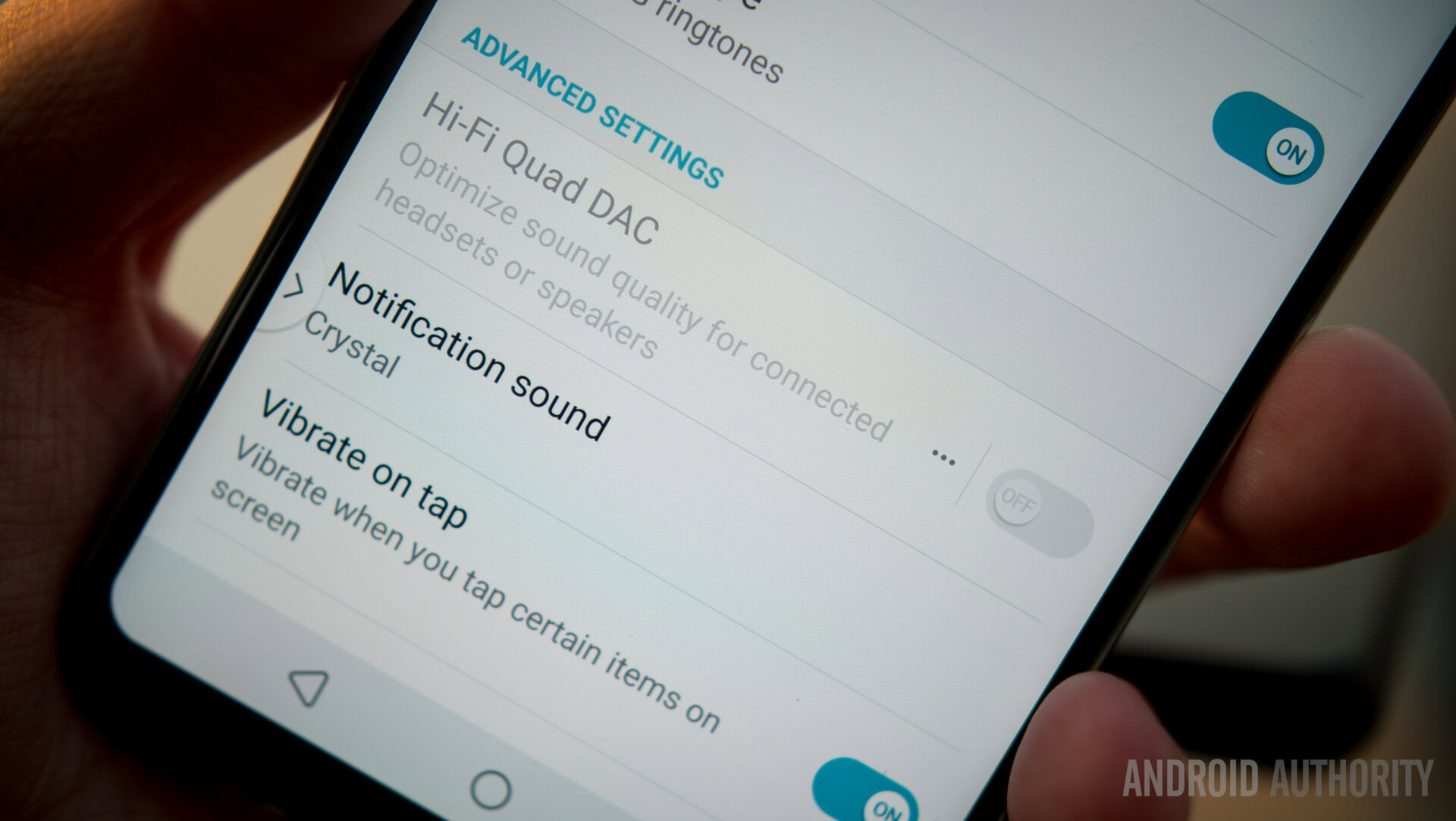
Software EQ options
Audio software options were pretty limited in the V20, but LG has sought to rectify this with the V30. You’ll find the mandatory volume control alongside the familiar left and right balance control in the Hi-Fi DAC settings menu. This is now accompanied with a selection of sound or EQ presets too.
A number of music applications come loaded with preset EQ options, sometimes even allowing users to configure their own, so this will be a familiar feature to many. However that particular feature is still absent from the V30’s options. Instead, LG has come up with four presets, which it claims are optimally designed based on popular tones and characteristics studies by its engineers. The pre-sets are called enhanced, detailed, live and bass.
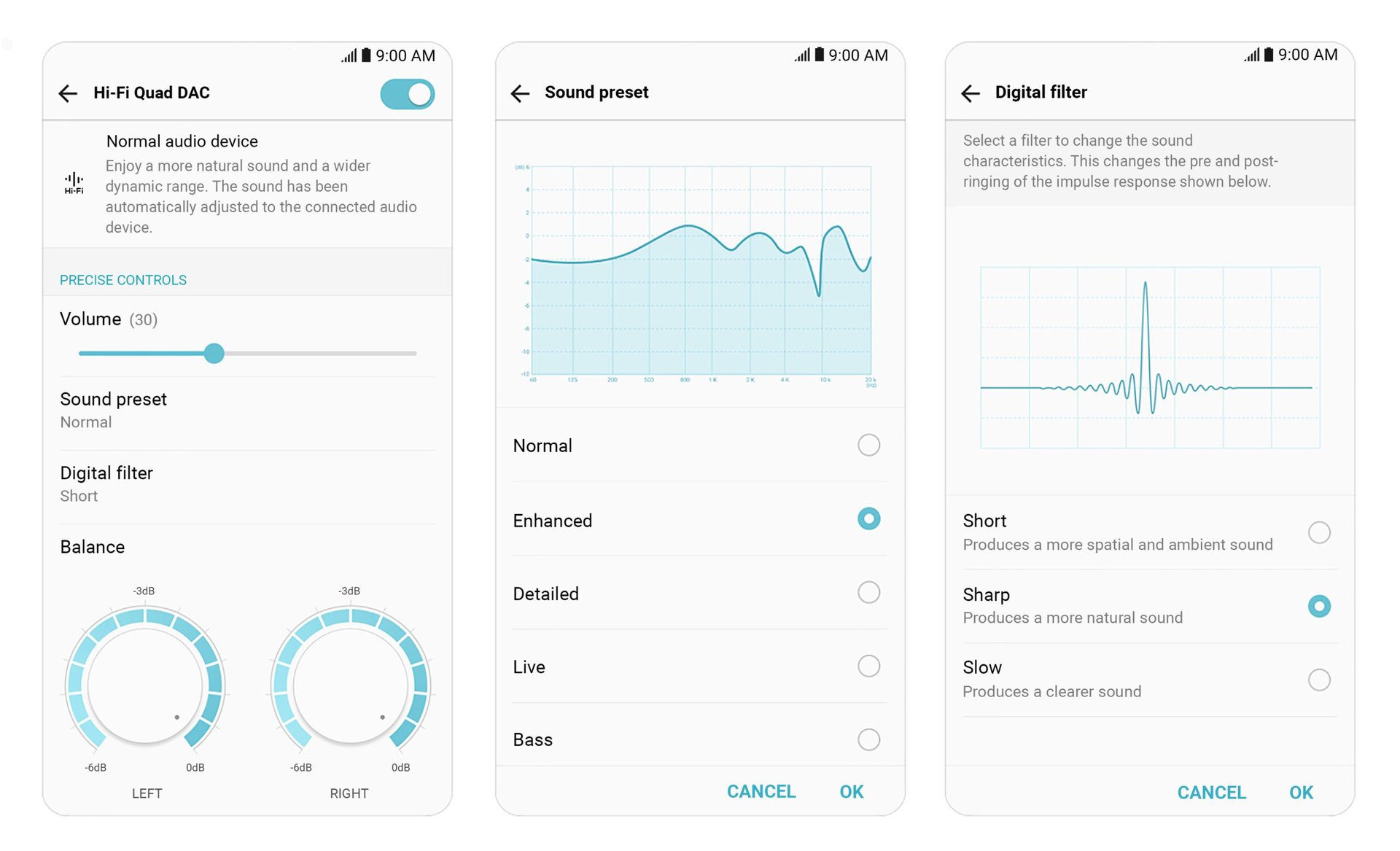
The final option is for the choice of digital filter sound characteristics, an interesting new setting that you won’t find elsewhere. At first it might appear that this is somehow linked to the sound presets, but some digging through ESS DAC datasheets (I can’t actually find one for the exact ES9218 model) reveals that a configurable FIR (finite impulse response) output filter is a common features of ESS’ chips.
Without going into too much detail, the final stage of any sigma delta DAC is to filter out the noise that’s been pushed into high frequencies, leaving us with just the audible signal. The trusty old Nyquist Theorem tells us that the maximum frequency for captured data appears at half our sample rate (24 kHz for 48 kHz files, etc), so we should filter out everything above that.
What you’re looking at in LG’s UI with that strange squiggly line is actually a filter representation known as an impulse response. This shows a filter’s frequency response as a sinc-function and the associated filter ringing or artifacts. The tighter the filter the more artifacts you’re likely to see, but the squiggle isn’t really very helpful for visualizing what the filter does, instead it’s easier to look at a graph of amplitude and frequency.

Real world filters don’t cut off signals instantly and perfectly, and different FIR filter types can reduce the amplitude of frequencies outside of the passband more or less abruptly than others. This slope is often referred to as the speed of the filter, and this is what LG is referencing with Short, Sharp, and Slow.
Typically, faster filters suffer from more ripple in the pass and attenuation bands, which is what LG refers to as the pre and post ringing of the impulse and can be seen as the small ripples either side of the large pass frequency represented by the impulse response. Essentially, this can manifest as slight change in amplitude for frequencies around the “corner” of the filter.
Now, is this really important? The basic answer is no, as we’re dealing with a very high frequency filter we are highly unlikely to be able to hear any differences as a result of changing these filters. The more complicated answer is that “golden ear” types may profess to being able to detect subtle changes from an earlier filter roll-off, or differences as a result of filter ringing. But I’m skeptical as the changes will be minute, while the placebo effect of pressing a button and assuming a difference is always compelling.
MQA support
As the V30 is boasting some top-notch output hardware, you’re going to want support for the very best file formats too. The V30 is the first global smartphone release to support the MQA format, which is short for Master Quality Audio.
The V30 is the first global smartphone release to support the MQA format
MQA is a high quality file format that boasts a better compression ratio for high-res audio than FLAC, but without the data loss associated with lossy file types like the MP3.
Instead, MQA repackages high frequency audio data into superfluous bits of data inherent in hi-res audio files. It’s a hugely interesting technology, and shares some similar ideas to wireless variable quantization codecs used for higher quality Bluetooth audio. If you’re intrigued, here’s a brief need-to-know.
The study of real world recording applications reveals that the maximum achievable recording noise floor actually falls just above -120dB (20-bits), but 24-bit audio files give us a noise floor around -145dB. So we actually have 4 bits of excess data transmitted with each high-res audio sample. Furthermore, data above 48 kHz requires a much smaller dynamic range to reproduce, as it mostly just contains noise that is very close to the noise floor. Therefore, this data can be captured using a much lower bit-depth than the 20-bits used for the bulk of the music.
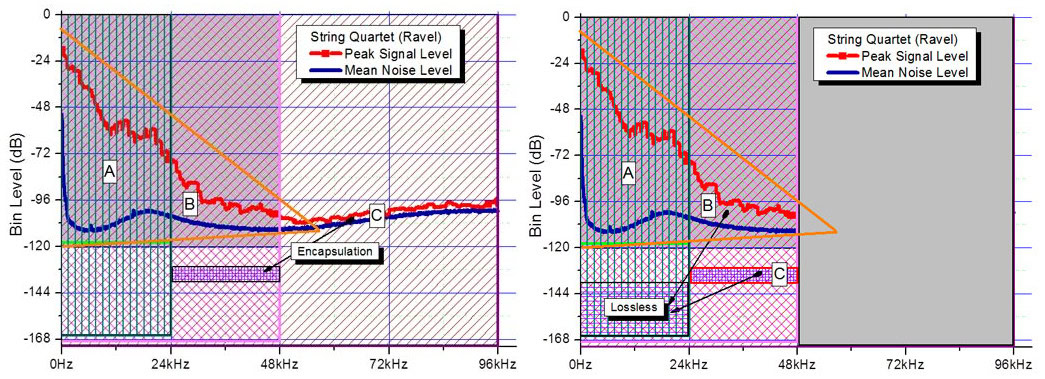
MQA encapsulates this very high frequency data and basically places it into the least significant bits of data between 24 and 48kHz. An area that would otherwise just contain random 1s and 0s of noise. It doesn’t stop there though, data above 24 kHz is losslessly resampled, compressed in a similar way and tucked below the noise floor below 24 kHz, resulting in a 24-bit, 48kHz file type that actually contains data all the way up to 192kHz. You can then compress this data using traditional lossless techniques to end up with a data rate of around 1.5Mbps per channel, which is smaller than an uncompressed CD file.
Interestingly, MQA files can be delivered via standard lossless file types, including FLAC, AIFF, and WAV. If you think about it, there’s no way of hearing that data encoded into bits that fall below the noise floor unless you decode them. So if your phone doesn’t support MQA it can still play back the file at CD quality, without uncompressing the data to reap its full benefits. However, if a hardware manufacturer licenses the MQA decoder, they can unpackage that extra information to reproduce high frequency components losslessly.
The MQA file type is supported by streaming service TIDAL via a selection of specifically mastered tracks. So if you’re signed up to HiFi or an even better package, you’ll be able to enjoy higher quality music streaming with the V30 without eating up extra data. The video below from MQA mastermind Bob Stuart probably explains all this better than I can, although I’ll leave you to debate the merits of keeping data from very high sample rates.
Make better recordings
Ok, enough about audio playback, the LG V30 is also sporting some top-notch recording technology too. The HD Audio Recorder from the V20 and G6 makes a return, but this time with the introduction of a new Receiver-as-a-Mic technology. This enables the capability to use the audio receiver of the phone simultaneously as a microphone, which is designed to improve the capture of very loud sounds.
We’re not sure exactly what else has changed since the V20. The previous model came with three High Acoustic Overload Point microphones supporting undistorted audio capture up to a deafening 132 dB. Perhaps these have been replaced with the Receiver-as-a-Mic implementation? The HD Audio Recorder option retains its 24-bit/192kHz recording capabilities and lossless 24-bit, 48kHz audio recording output for video too.
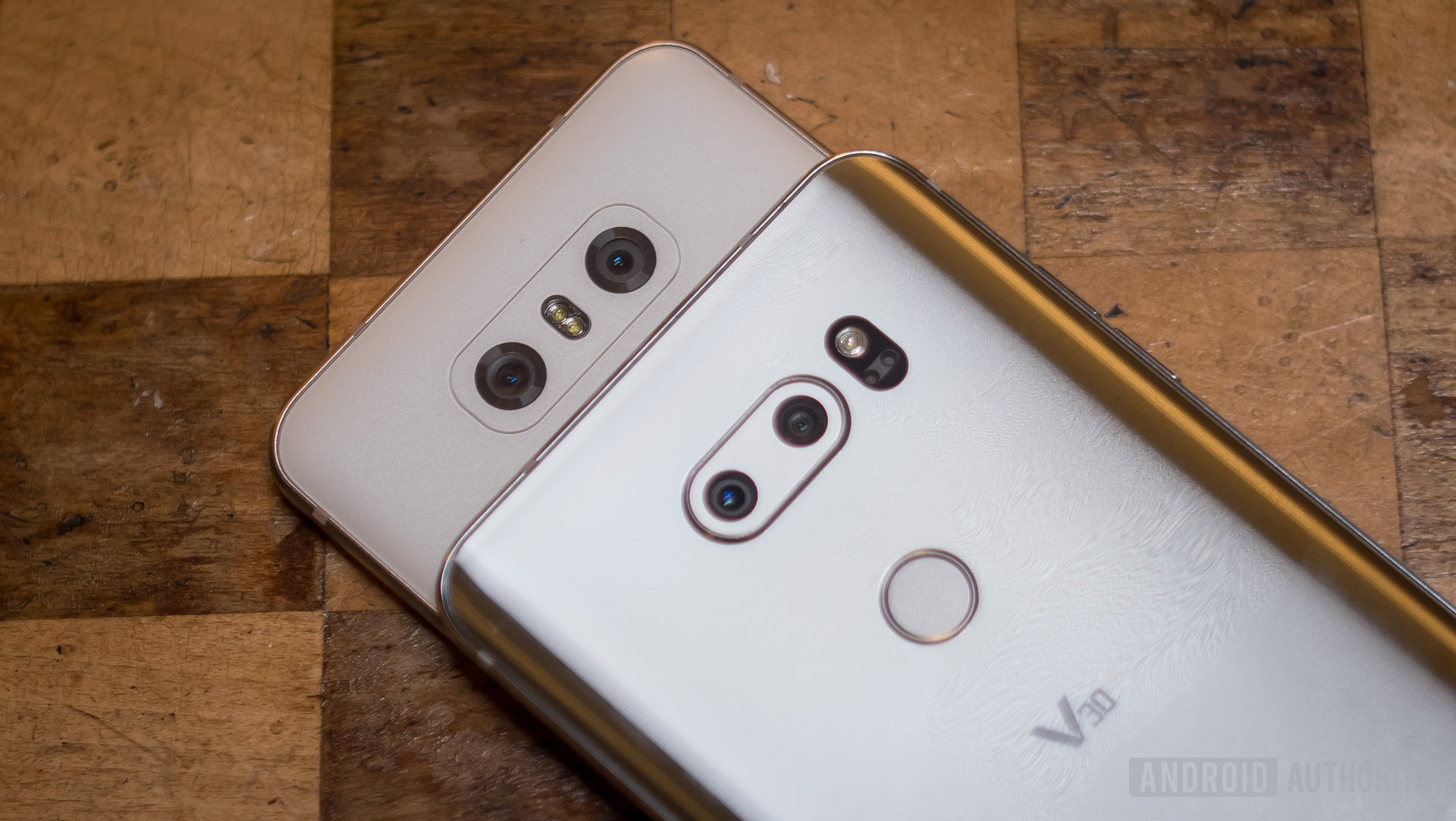
Wrap Up
It’s pretty clear then that the LG V30 boasts a premium audio setup. The handset has all the bases covered with a top of the line DAC for your wired headphones, support for higher resolution Bluetooth streaming with aptX HD, and the industry’s latest file format trend in MQA. Not forgetting a powerful microphone setup to ensure you’ve got great audio to go along with the footage captured from the equally impressive looking camera.
If you place a lot of value on the quality of your portable or streamed music collection, the LG V30 should certainly be on your radar if you’re looking for a new smartphone.